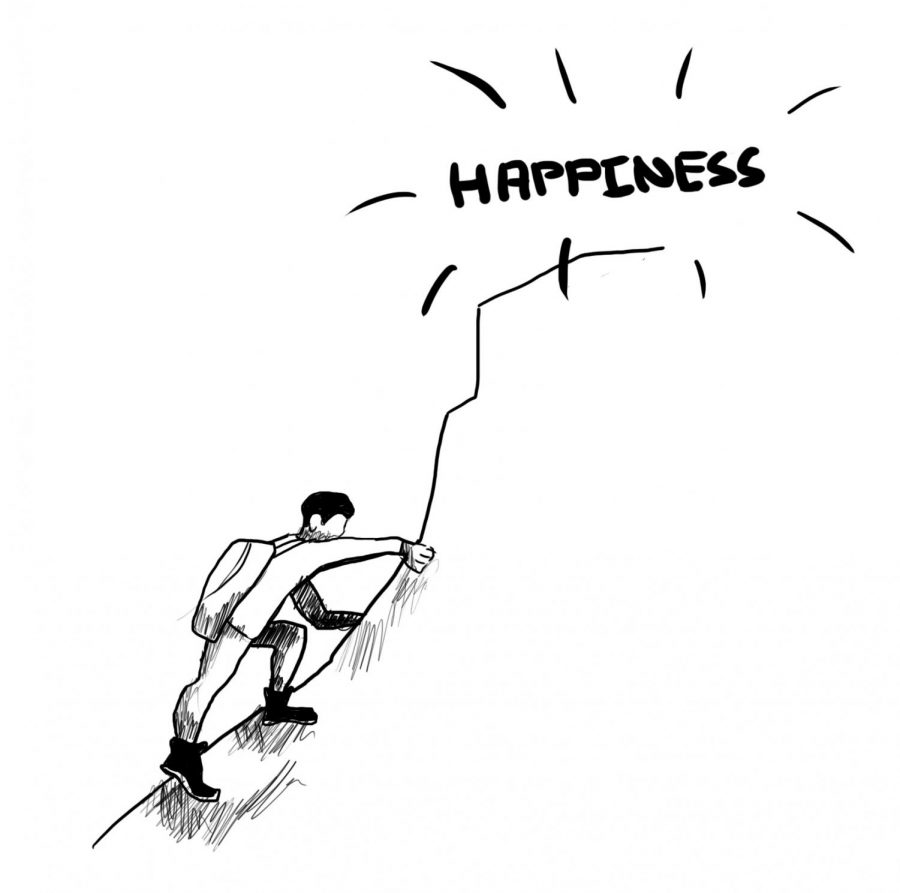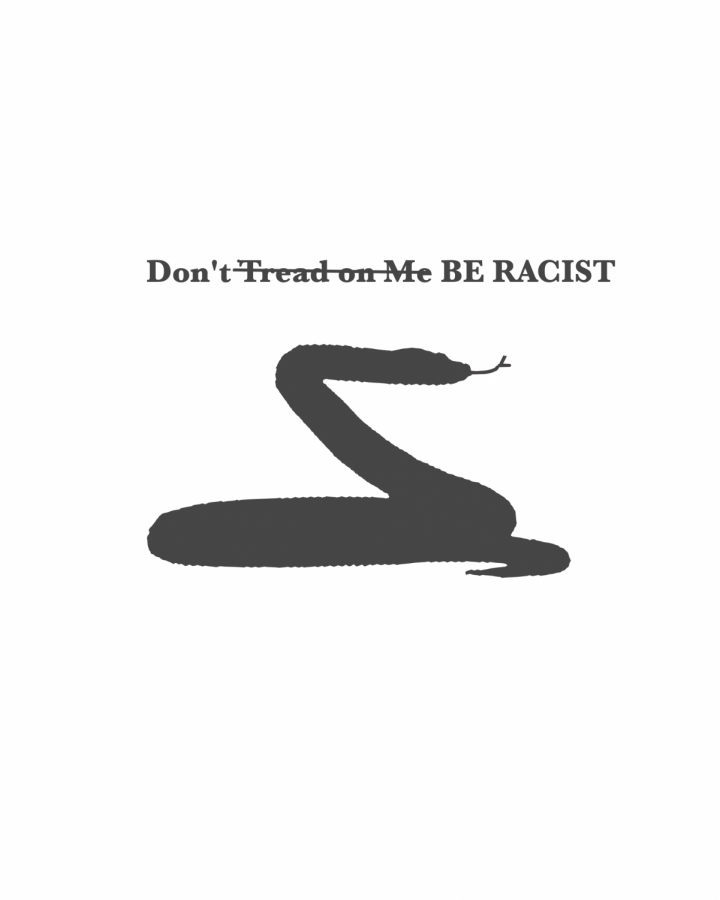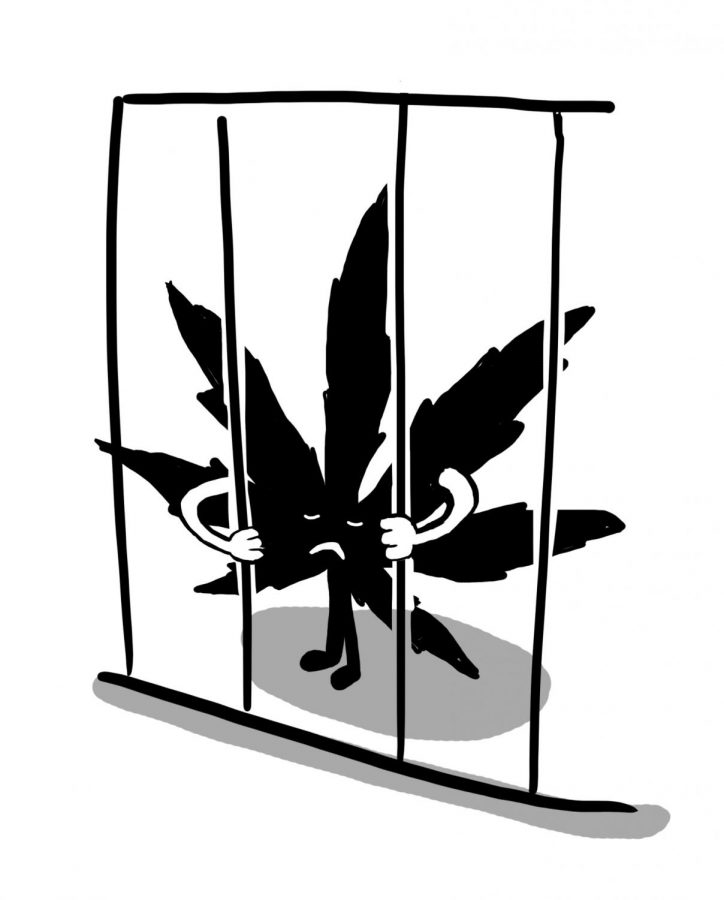Illustration by Luke Hampton.
Frankie Manning, the man credited with founding the Lindy Hop, would have turned 100 this year. Lindy Hop originated in Harlem during the 1920s and 1930s, though its popularity dwindled when World War II broke out. In the 1980s and 1990s, Lindy Hop had a revival that stemmed out of Sweden and spread back to the United States. One of my best friends is heavily involved in the Lindy Hop scene of San Francisco. She says she loves it because it’s a combination of socializing, exercising and expressing herself. I don’t particularly enjoy social dancing, but I find it fascinating to watch from afar. Dancing can be a medium for connecting new people and exploring personal expression. However, not even the Lindy Hop is free from the institutional problems that plague our society.
My friend described the culture of Lindy Hoppers and separated them into two categories: people who dance so that they can wear a costume and people who wear a costume so that they can dance. The vintage origin of the dance means themed dresses and jazz club venues. Lindy is a partner dance that requires fast footwork, and high-level dancers can incorporate backflips, lifts and other aerials into their routines –– the vintage aesthetic and technical skills go hand in hand. Glamorization of 1930s Harlem and its unique cultural style is a present tone, but the pretty aesthetic shouldn’t be uncoupled from the fact that life in Harlem during that time was often not very fun. In that time period, dancing was a way to temporarily escape from daily life’s problems.
One of the things that fascinates me about self-expression through art is that awful situations can give rise to incredible creations. Lindy Hop arose from systemic inequities that plagued African-American communities in Harlem. People like Frankie Manning were able to use Lindy Hop as a medium to bring joy and cohesion into the marginalized community.
The revival of Lindy Hop started in Sweden, a country without the same history of problematic race relations that we have in the United States. Swedish enthusiasts viewed Lindy Hop as a cool dance form, without considering the circumstances that gave rise to its development. From Sweden, Lindy Hop spread throughout the world and eventually came back to the United States, but it did not immediately return to the communities it came from.
As an active member in social justice clubs, I hear the words “cultural appropriation” very often. Cultural appropriation happens when one culture cherry picks a specific element from another culture and adopts it without paying attention to the element’s role and significance to the culture. Naturally, the idea of a predominately white group of people taking over and revamping an African-American cultural tradition seems problematic.
I think this comes back to the difference between doing Lindy Hop for the sake of wearing a costume and emulating a time period versus dancing for sake of the dance. Since dance is so linked to personal expression, dancers who only understand the rose-tinted version of its history will probably get something very different out of it than dancers who think about and honor where and who it came from. Lindy Hop is so technically difficult that I wouldn’t imagine people get very skilled at it without developing huge respect for the people responsible for its origin.
Lindy Hop shouldn’t be viewed separately from where it came from, because if people do not understand the role race has had in shaping the dance form, they will be unable to understand it on a level beyond physical movement.





